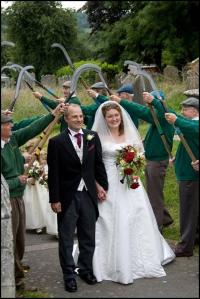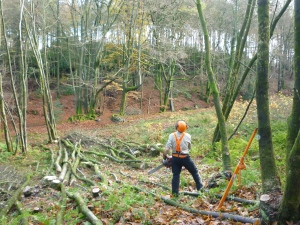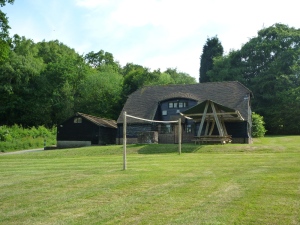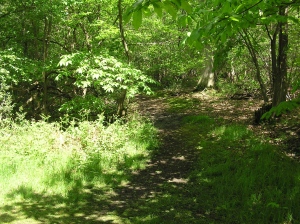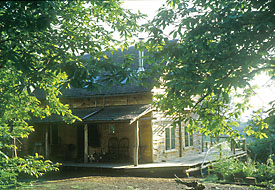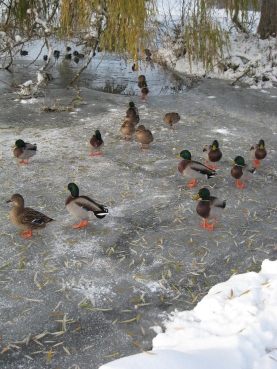A double whammy this week, as it’s almost time for environmental artists Simon and Caitlin to start work on their latest creation at Harting Down…
Well here we are less than a week to go before we start building our first temporary structure on Harting Down. Last week, standing on the rise overlooking Witcombe bottom, I was quietly overwhelmed by the deeply rooted beauty of this place. No deer that day (I’ve seen hundreds here); the occasional conversations of birds were the only sound to break the phenomenal silence of the place. This was one of those moments when, yet again, I thought ‘why build anything here? This place is perfect.’ A question you may well imagine gets asked of us often enough. Our answer is hard to put into words.
We see ourselves as facilitators, asking people to be aware of deep worlds hidden in nature. By altering the landscape, adding to it, just for a while, we can highlight, question and explore different aspects of the world around us currently concealed by our own familiarity. Even if you are lucky enough to walk this place every day, or every week, there are still ways of seeing, ways of experiencing a place which people never knew existed.
Our installations are not meant to detract from a landscape. They are made from it, respond to it, highlight one or more of its hidden elements. And in the end, they’re temporary. This one gone by October, leaving, we hope, a good and lasting memory of a place changed – even enhanced – by our efforts.
Over 20 years Caitlin and I have been exploring the landscape, especially the South Downs, through sculptures and performances, and now with our three lively boys in tow. We’re just a couple of folk, working with some other talented artists and craftspeople, attempting to make something happen which stays with people a long time. We still don’t quite know what it is we manage to create. But it seems to work. And after all the ins and outs of planning and logistics and emails and press releases and re-planning, at last here we are. Only a few days of panic and madness before we can spend two weeks just working solidly in a fantastic space, on the wonderful task of making physical something that currently exists only in our imaginations.
Visit www.redearth.co.uk to find out more about this project and how you can get involved.



